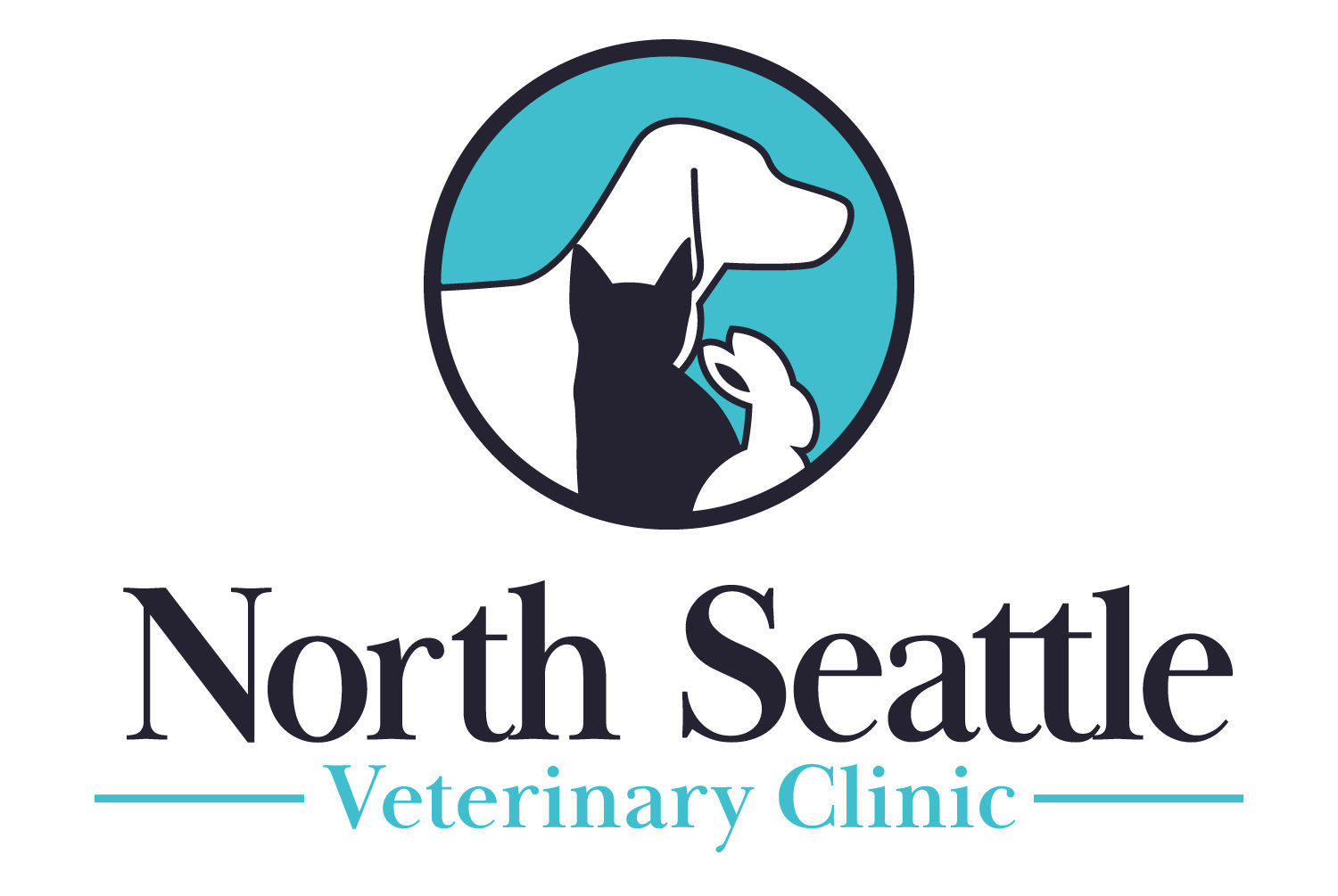Dog and Cat Diet Recommendations

Brand: Our recommendation is to feed your pet a commercially available AAFCO standards tested pet food from a well-established and reputable company that employs veterinary nutritionists on staff. Examples of these companies include Hill’s (Science Diet), Royal Canin, Nutro, Natural Balance and Purina (Pro Plan). It may not be popular to recommend a regular commercial food from one of the major pet food companies, but the reality is that pet food is not treated like human foods; there are fewer regulations on animal foods and what they can claim in their ingredients and marketing. Thus, based on all available science-based evidence, commercial diets do seem to be the best choice for pets’ health. These companies have years of nutritional research behind them, are closely monitored for safety and ingredient integrity, and they employ veterinary nutritionists who continue to research and refine their formulas for optimal health.
Feeding puppies: Choose a diet specifically labeled for use in puppies until about 1 year of age. Feed 3-4 meals per day until about 12 weeks old, then transition to twice daily. For puppies that are expected to grow to larger than about 75 pounds, a large breed puppy food is recommended.
Feeding kittens: Choose a diet specifically labeled for use in kittens until about 1 year of age. Feed 3-4 meals per day for kittens under 12 weeks old, then transition to twice daily.
Feeding adult cats: There is evidence that canned diets are healthier for adult cats than dry diets. Pate-style diets are better than “chunks-and-gravy” foods, which are higher in carbohydrates. Feeding two meals per day instead of allowing “free choice” food will help keep cats from overeating. Cats are carnivores and must be fed balanced, meat-based diets.
Additional information about specific types of diets and feeding options:
“Grain free” diets in dogs: There is evidence that grain-free diets and some diets from small or “boutique” pet food companies are contributing to a rise in cases of a heart disease called dilated cardiomyopathy in dogs. The only proven benefit of grain-free diets is for those animals that have a documented allergy to a particular grain, which is very rare in pets. For now, we recommend not feeding a grain-free diet or diets from small companies that are not well established and do not employ veterinary nutritionists. The cause of this heart disease is still under review, but there is concern that high levels of lentils, peas and chickpeas may be playing a role. For this reason, we recommend avoiding these ingredients.
Raw diets: There is no scientific evidence that raw diets are any better for animals than cooked commercial diets. Most raw diets are very high in fat and can be unhealthy for other organ systems in the body. The low fiber content of these diets can contribute to gastrointestinal illnesses. Many raw diets are not nutritionally balanced, which can lead to other health problems over time. The bones found in some raw diets pose a very significant risk of tooth breakage, and do not lead to cleaner teeth, contrary to popular belief. The one thing that IS known about raw diets is that animals that eat these diets do pass higher levels of bacteria in their stools that can pose a risk for humans in the household, especially people who are young, elderly, or immunocompromised.
Homemade diets: It is extremely difficult to provide complete and balanced nutrition for pets if you are feeding an exclusively homemade diet. While it is usually okay to supplement a pet’s diet with a few select foods (like lean meats, eggs, or some vegetables), this is not strictly necessary, and feeding a homemade diet as the main diet source is not usually healthy. Occasionally an animal will have certain disease conditions that lead to very specific nutritional needs that cannot be met by a commercial diet. In these special instances a homemade diet may be fed with the guidance of a veterinary nutritionist or a reliable nutritional service such as Balance It or the nutritional services at some veterinary schools.
